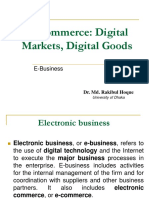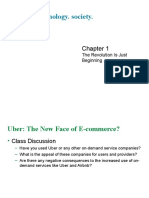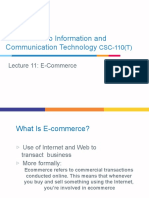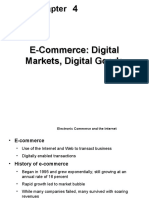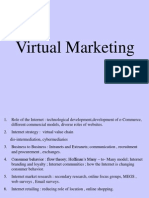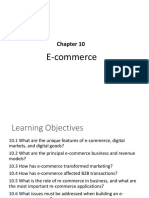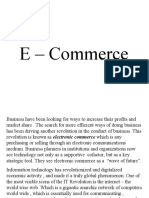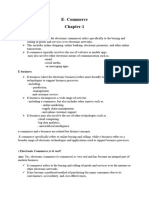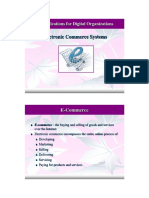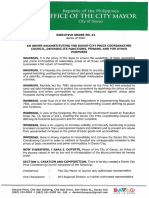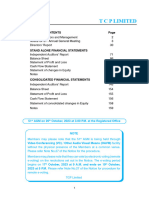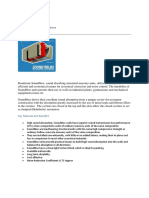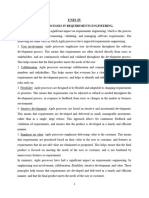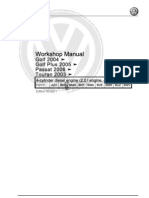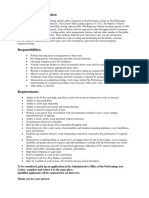0% found this document useful (0 votes)
117 views8 pagesLesson: 07 Lecture Topic: Course Teacher: Proshanta Kumar Podder
The document discusses key topics in e-commerce including digital markets, digital goods, different types of e-commerce transactions, business models, revenue models, mobile commerce, location-based services, payment systems, and more. It provides details on the eight unique features of the internet as a commercial medium including ubiquity, global reach, universal standards, richness, interactivity, information density, personalization/customization, and social technology. It also examines the benefits of digital goods which can be delivered over digital networks at low cost.
Uploaded by
Sakir HossainCopyright
© © All Rights Reserved
We take content rights seriously. If you suspect this is your content, claim it here.
Available Formats
Download as PDF, TXT or read online on Scribd
0% found this document useful (0 votes)
117 views8 pagesLesson: 07 Lecture Topic: Course Teacher: Proshanta Kumar Podder
The document discusses key topics in e-commerce including digital markets, digital goods, different types of e-commerce transactions, business models, revenue models, mobile commerce, location-based services, payment systems, and more. It provides details on the eight unique features of the internet as a commercial medium including ubiquity, global reach, universal standards, richness, interactivity, information density, personalization/customization, and social technology. It also examines the benefits of digital goods which can be delivered over digital networks at low cost.
Uploaded by
Sakir HossainCopyright
© © All Rights Reserved
We take content rights seriously. If you suspect this is your content, claim it here.
Available Formats
Download as PDF, TXT or read online on Scribd
/ 8


